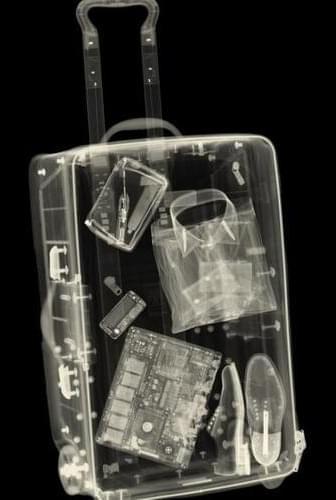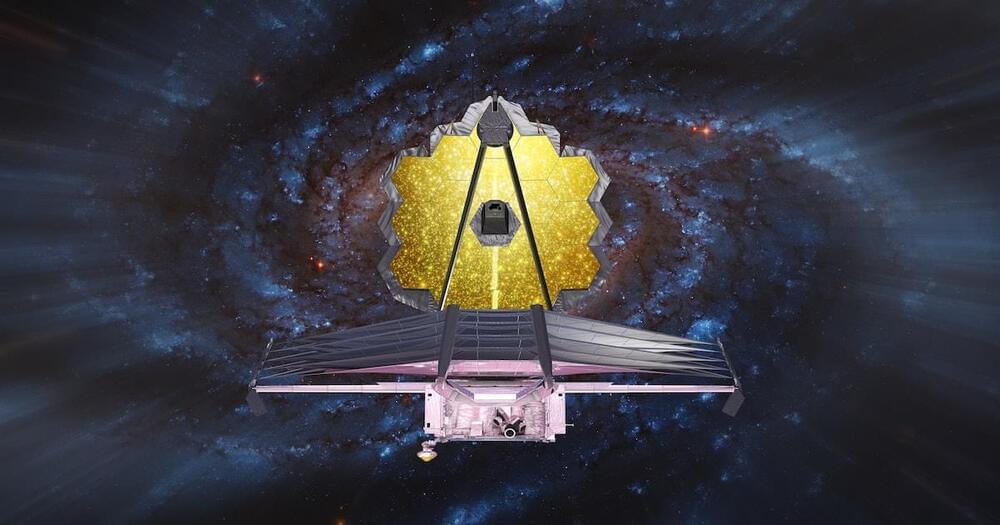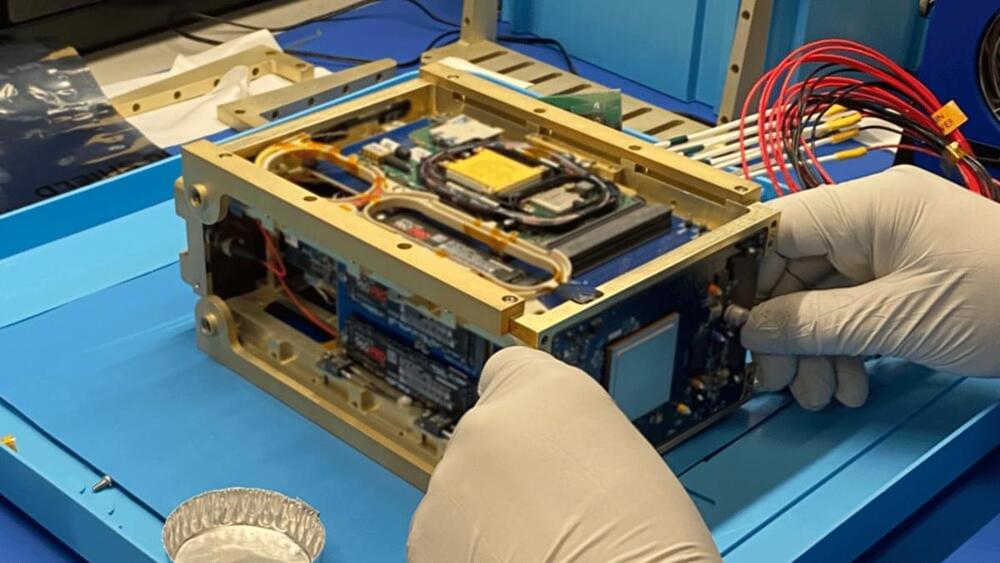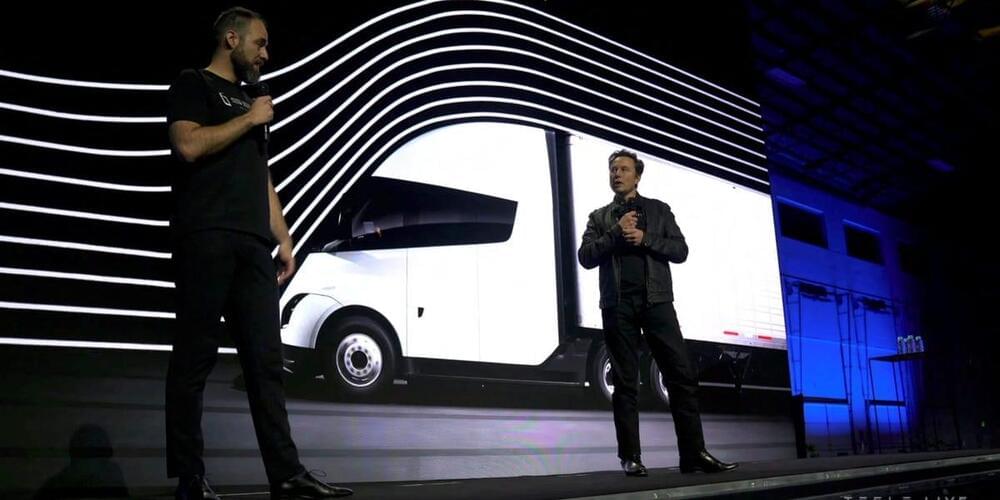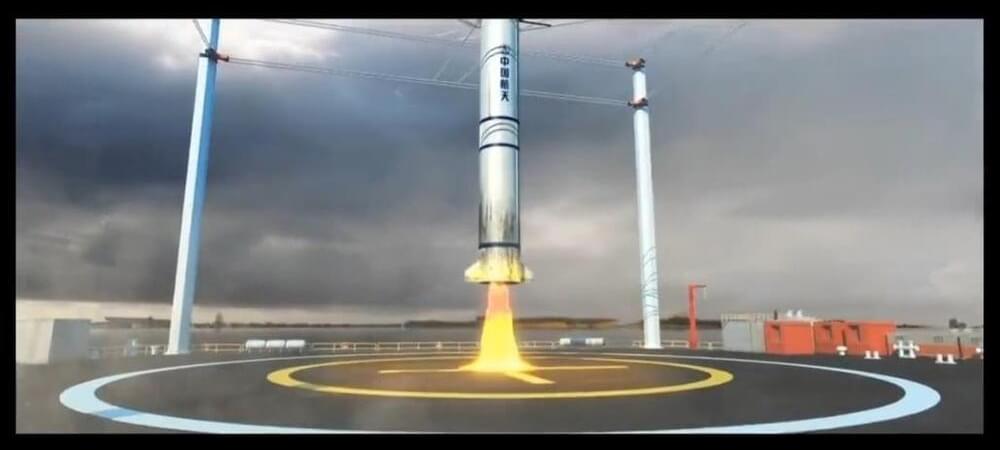The method, which works in conjunction with a deep-learning AI, identifies materials by their texture.
Apple’s mobile store can typically charge up to 30% commission on in-app purchases, but gas fees don’t occur within the app. Gas fees, which are the charge a user pays to perform a function on a blockchain, keep its network running. Therefore, you can’t pay for gas fees using Apple’s software.
Apple did not immediately respond to Insider’s request for comment.
“For anyone who understands how NFTs and blockchains work, this is clearly not possible,” Coinbase said. “Apple’s proprietary In-App Purchase system does not support crypto, so we couldn’t comply even if we tried.”
Engineers at Caltech have developed a method for 3D printing pure and multicomponent metals, at a resolution that is, in some cases, an order of magnitude smaller than previously possible. The process, which uses water-based chemistry and 3D printing, was described in a paper published in Nature on October 20.
The images show clouds in the atmosphere of Titan, a moon with a substantial atmosphere and lakes of hydrocarbons.
A small satellite developed by MIT engineers has set a new record for data transmission between a satellite and Earth. The TeraByte InfraRed Delivery (TBIRD) system used a laser to beam huge amounts of data at up to 100 gigabits per second (Gbps).
This data transmission speed is far greater than most connections you’ll get between the sky and the ground. SpaceX’s Starlink satellite internet offers up to 500 Mbps to Premium customers, and even the International Space Station’s data transmission tops out around 600 Mbps. That makes TBIRD up to 200 times faster.
The key difference is that most satellites communicate with ground stations via radio waves. TBIRD, on the other hand, uses laser light, which can carry up to 1,000 times more data in each transmission. Lasers come with their own hurdles though – the beams are much narrower, requiring more precise alignment between transmitter and receiver. And the light can be distorted by the atmosphere, leading to data loss. So TBIRD was designed to overcome these issues.
In a new study, researchers used artificial intelligence (AI) and a single chest X-ray to predict a person’s 10-year risk of dying from a stroke or heart attack.
Tesla on Thursday delivered its first electric semitrailer truck to PepsiCo, as the electric vehicle maker expands its offerings beyond passenger cars.
Elon Musk, the CEO of Tesla, drove a Semi to the delivery event, which was held at a factory near Reno, Nevada.
The Semi is the automaker’s all-electric, class-8 cargo trucks with a range between 300 and 500 miles on a single charge, depending on the model.
How China plans to catch and reuse its next-generation rockets. Seems like a unique approach compared to SpaceX’s plan to catch a booster with the launch tower.
An overview of China’s “other” Lunar super-rocket.
You will not believe what we’re about to tell you — scientists have just created the very first Dino
chicken!
Using chicken DNA, they’ve proven how evolution works, and we might just see dinosaurs roam.
the Earth again. It’s our one chance to live out a real-life version of Jurassic Park!
So, join us as we learn how scientists took chicken DNA and created the chickenosaurus’
’
Disclaimer Fair Use:
1. The videos have no negative impact on the original works.
2. The videos we make are used for educational purposes.
3. The videos are transformative in nature.
4. We use only the audio component and tiny pieces of video footage, only if it’s necessary.
DISCLAIMER:
Our channel is purely made for entertainment purposes, based on facts, rumors, and fiction.
Copyright Disclaimer under section 107 of the Copyright Act 1976, allowance is made for “fair use” for purposes such as criticism, comment, news reporting, teaching, scholarship, education, and research. Fair use is a use permitted by copyright statutes that might otherwise be infringing.
For several years now, the CRISPR/Cas9 gene scissors have been causing a sensation in science and medicine. This new tool of molecular biology has its origins in an ancient bacterial immune system. It protects bacteria from attack by so-called phages, i. e. viruses that infect bacteria. Researchers from the Institute of Structural Biology at the University Hospital Bonn (UKB) and the Medical Faculty of the University of Bonn, in cooperation with the partner University of St Andrews in Scotland and the European Molecular Biology Laboratory in Hamburg, have now discovered a new function of the gene scissors. The study was published yesterday in the renowned scientific journal “Nature”.
Bacteria and phages have been engaged in a life-and-death struggle on Earth since time immemorial. When an attacking phage injects its genetic material into a bacterium, it is forced to produce new phages, which in turn infect more bacteria. Some bacteria have evolved the CRISPR system in response. With this bacterial immune system, the phage genetic material is recognized and destroyed.
At the same time, the resulting fragments are integrated into the genome of the bacterium. This creates a kind of library that the CRISPR immune system can access again and again and is thus armed for future attacks. In addition, it was discovered that so-called type III variants of the gene scissors produce small signal molecules. With the help of these small molecules, the bacteria switch on a complex emergency plan. This ensures that a virus can be combated optimally and on a broad front.
